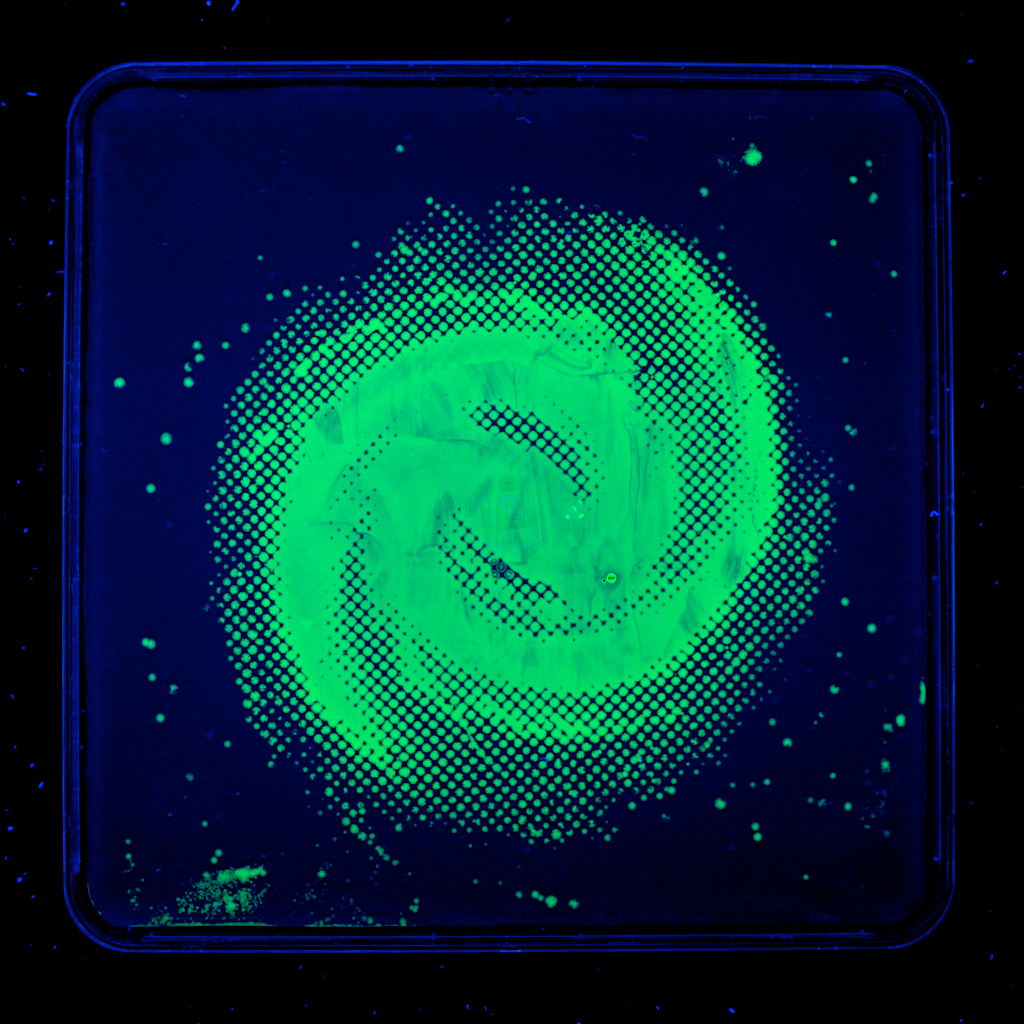 There is one source of inspiration that has earned the attention of poets, artists and scientists alike, the night sky. Whether it be for spiritual reasons, such as the Native Americans who believed the stars were a world for their ancestors, or for reasons as practical as sailors navigating this world; the stars have been a guiding source for humanity for centuries. Poets, such as Edgar Allen Poe in his poem Evening Star, have turned to the stars as companions and muses burning in the cold darkness of night. Painters have also been known to draw on the stars for artistic guidance. One of the most well known paintings in all of history, Van Gogh’s Starry Night, serves as a tribute to the awe inspiring beauty possessed by these heavenly bodies. However, what science has to say about the stars may quite possibly trump the examples listed above in both their poetic and artful natures.
There is one source of inspiration that has earned the attention of poets, artists and scientists alike, the night sky. Whether it be for spiritual reasons, such as the Native Americans who believed the stars were a world for their ancestors, or for reasons as practical as sailors navigating this world; the stars have been a guiding source for humanity for centuries. Poets, such as Edgar Allen Poe in his poem Evening Star, have turned to the stars as companions and muses burning in the cold darkness of night. Painters have also been known to draw on the stars for artistic guidance. One of the most well known paintings in all of history, Van Gogh’s Starry Night, serves as a tribute to the awe inspiring beauty possessed by these heavenly bodies. However, what science has to say about the stars may quite possibly trump the examples listed above in both their poetic and artful natures.
“We are all made of star stuff”, this is a quote made famous by the late Carl Sagan. When he spoke this phrase Sagan was referring to the scientific theory that all matter was first created in a star. Science has revealed the stars as the origin of all atoms larger than hydrogen. There are few ideas more poetic or more artful than the suggestion that all matter, all life, has a common origin in one of these guiding lights burning brightly in the night sky.
This installation consists of a visual exploration of the romance and splendor embodied by this scientific theory. The work entitled Star Stuff is an installation of living phosphorescent bacterial photographs of the cosmos taken by the Hubble telescope. Each celestial form is comprised of billions and billions of genetically engineered E. coli that have grown in such a pattern that they form a photographic reproduction of a celestial object. The installation is meant to instill in the viewer a sense of wonderment and awe reminiscent of the emotions experienced by poets and artists as they gazed at the stars. Suggesting that the scientific view of the universe is not cold and passionless, that in actuality, it is deeply poetic.
[slideshow]
[gallery link="file" columns="4"]
